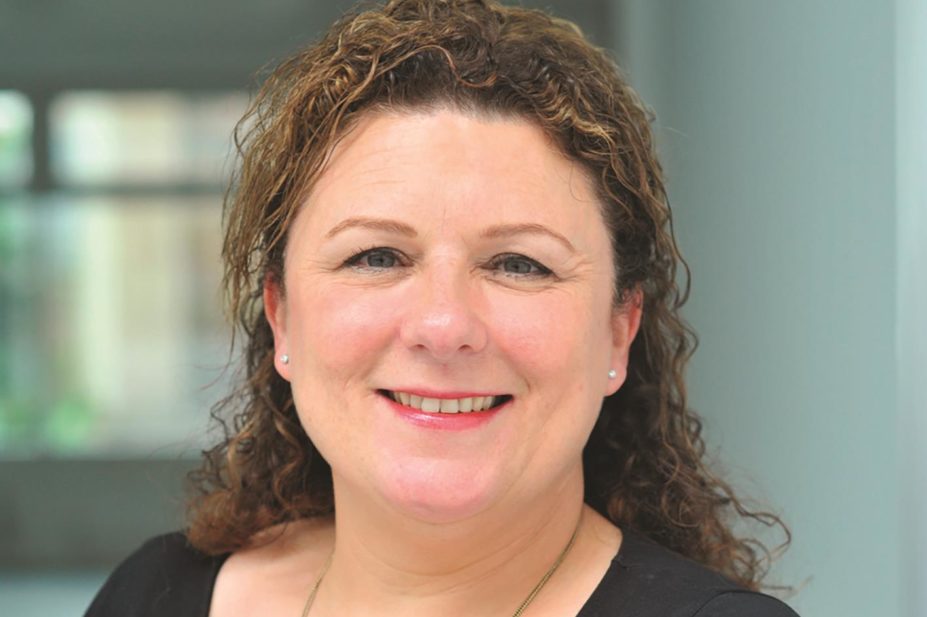
Medicines are a common thread throughout healthcare, and pharmacists’ work underpins the patient journey through various care settings.
The role of pharmacists in safe and effective pharmaceutical care is acknowledged in the Scottish Government’s ‘Prescription for Excellence’ plan and the work plan of the Scottish Pharmacy Board at the Royal Pharmaceutical Society.
Nevertheless, I am committed to exploring where pharmacists could do more to improve patient safety. As pharmacists, we can help patients to understand their health conditions and how to use medicines safely.
Medicines may be crucial to modern healthcare, but harm occurs regularly as a result of medicine use. Up to 50% of medicines are not taken as prescribed, and as many as one in 20 hospital admissions are caused by adverse drug reactions.
From the point a decision is made to prescribe a medicine, to when a patient decides whether to take it, there is a risk of error and harm. Such risks can be addressed within the pharmacy and improvements made to help reduce the chance of these occurring.
The Scottish Patient Safety Programme (SPSP), co-ordinated by Healthcare Improvement Scotland, is a national initiative to improve the safety and reliability of healthcare and reduce avoidable harm.
Initially focused on acute hospitals, the programme is now working in primary care, acute adult, mental health, maternity and children’s services.
Phase two of this programme focuses on community pharmacy and nursing. The SPSP Pharmacy in Primary Care component began in July 2014 and was launched nationally on 25 November 2014. It will run for two years, supported by funding from the Health Foundation’s ‘Closing the Gap in Patient Safety’ programme. NHS Fife, NHS Grampian, NHS Greater Glasgow and Clyde and NHS Highland are working together to deliver this work. This collaborative group recognises that patients need support to understand their medicines. It aims to encourage GPs and community pharmacists to work together, acting as champions for improving medicines and patient safety.
Warfarin and non-steroidal anti-inflammatory drugs (NSAIDs), as high-risk medicines, can and sometimes do cause harm to patients and are implicated in admissions to hospital. Treatment with these two drugs has therefore been chosen as the first area on which to focus.
When an error occurs in the prescribing of warfarin, the impact on the patient can be significant at best and fatal at worst. It has a narrow therapeutic index; it interacts with other medicines, including herbal medication, over-the-counter products and food, making prescribing and monitoring an issue for both primary and secondary care.
NSAIDs are commonly used, can be bought over the counter and have the perception of being harmless. However, they are classed as high-risk medicines and, even when used as intended, have the potential to cause severe harm to the patient.
Community pharmacists can help prescribers and patients use these medicines safely and effectively. By educating patients who use these medicines, the pharmacist can reinforce safety messages and provide enhanced patient care.
Many patients are being harmed by medicines due to fragmented systems and lack of a single electronic healthcare record within the NHS in Scotland. Improving medicines safety requires a wider approach than focusing only on prescribing and dispensing errors.
Patients should be supported to understand more about their health and the medicines they are prescribed. Focus is also needed on care in high-risk settings.
Ultimately, this could be improved by enhanced communication between healthcare professionals. Pharmacists should be more closely involved when patients are transferred between care settings to ensure pharmaceutical care is optimised.
Imagine a union of GPs, pharmacists and other health professionals, working together to improve patient safety: that is the goal of the SPSP Pharmacy Collaborative. It also aims to support pharmacists to play their part in reducing harm, waste and variability.
Our patients expect and deserve it.
You may also be interested in
Long service of members

Membership fees 2022
